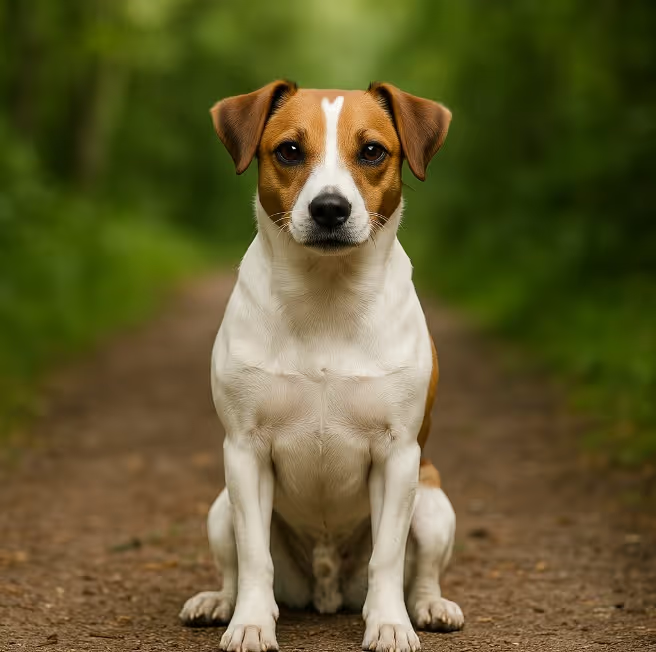The Danish-Swedish Farmdog is a cheerful, compact companion originally bred to be an all-purpose farm helper. Known for their intelligence, agility, and affectionate nature, they excel in both rural and suburban homes. These dogs are eager to please and relatively easy to train, making them great for active families or individuals who want a versatile partner. Wondering “Are Danish-Swedish Farmdogs good apartment dogs?” Yes—if well-exercised, they can adapt beautifully to smaller living spaces.

The Danish-Swedish Farmdog traces its roots to the rural farms of Denmark and southern Sweden, where it was developed over centuries as a multi-purpose working dog. Known for catching vermin, herding livestock, and being a loyal family pet, this breed nearly disappeared before being formally recognized in the 1980s. Its revival was aided by breed enthusiasts and Scandinavian kennel clubs. Today, it’s gaining recognition beyond Northern Europe for its charming temperament and versatility.
Compact, muscular, and lively, the Danish-Swedish Farmdog has a classic “terrier-type” build but a calmer demeanor.
Low-maintenance and tidy, this breed is easy to groom.
Farmdogs are energetic but not hyperactive; they benefit from a mix of physical and mental stimulation.
Highly intelligent and people-pleasing, the Farmdog learns quickly with the right approach.
A balanced diet supports their active lifestyle and lean body condition.
Generally robust, this breed benefits from routine care and health screening.
Though rare in North America, reputable sources exist for those seeking this breed.
Are Danish-Swedish Farmdogs good apartment dogs?
Yes, they adapt well if exercised daily and mentally stimulated.
Do Farmdogs bark a lot?
They’re alert and may bark when excited or bored—early training helps reduce nuisance barking.
Are Danish-Swedish Farmdogs hypoallergenic?
No. They do shed and are not considered hypoallergenic.
How much exercise does this breed need?
About 45–60 minutes daily plus enrichment and training.
Are they good with kids and other pets?
Yes—playful, tolerant, and affectionate when well-socialized.
Do they shed much?
Moderately. Their short coat is easy to manage with regular brushing.
Farmdog vs Jack Russell Terrier—what’s the difference?
Farmdogs are generally calmer, more biddable, and less intense than JRTs, though still active.
What’s their prey drive like?
Moderate—they were used for vermin control. Supervise around small animals.